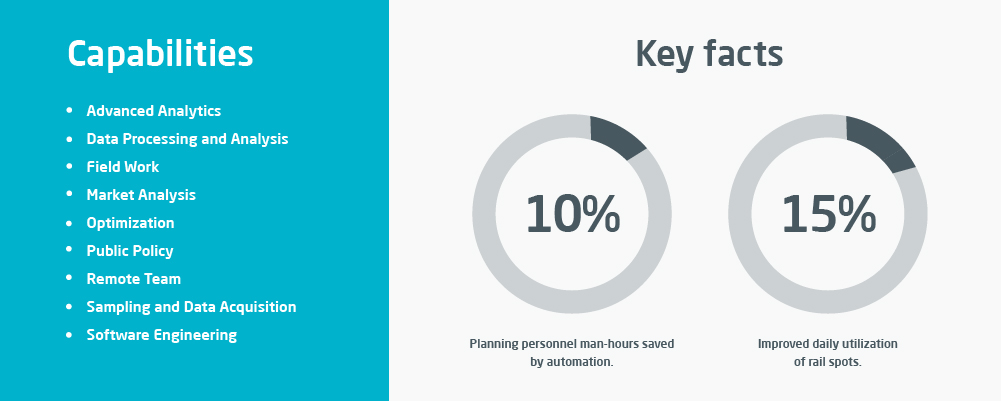Farm-to-school logistics analysis in Mexico
Project Overview
In 2010 Mexico became the country with larger obesity rates worldwide and among the top with largest growth in child obesity. As in many other countries, farm-to-school programs in Mexico gained attention. This study analyzed potential demand of agricultural products, based on diet recommendations and matched it with real production volumes countrywide. Using mathematical optimization we identified optimal location of distribution nodes, optimal product flow and economic feasibility.

Executive Summary

On August 23th, 2010 Mexico published in its official gazette the general standards for the distribution and sale of food and beverages inside K-12 public schools. Following up on this publication, the Mexican Ministry of Agriculture (SAGARPA), required a study to evaluate potential demand and supply of agricultural products in K-12 public schools, with the following objectives:
- Identify nutritional requirements of K-12 population in public schools, with special emphasis on fresh produce that could be supplied locally or regionally by farmers.
- Analyze entry barriers for farmers to supply K-12 schools with sufficient, high quality, timely and dependable supply chains and products.
- Design support programs that would enable local and regional farmers to offer efficient services to institutional buyers in K-12 schools and kitchens of the National System for Integral Family Development –that serves hot breakfast for children under extreme poverty.
The study provided estimates of demand under different scenarios based in federal standards and in average consumption per capita. It also provided historical production per month per statistical districts countrywide. Then, optimization models were developed under two phases. First, a maximal covering model to find optimal location of distribution infrastructure and influence zones; and second, a mixed-integer program to minimize expected transportations costs from consolidation centers to distribution centers.

Analytical approach
The methodology used by our consulting team considered data acquisition from public and private databases; as well as complementary data from fieldwork and sampling in different zones of the country. The resolution of the analysis followed rural development districts for production and counties for demand. After data was acquired, it was processed and diagnosed before moving forward with the study.
Based on available data, federal regulation and the opinion of child nutrition experts; assumptions about demand where defined in different scenarios that followed specific levels, recommended products vs. attractive products for children, and different diet formulations depending on each zone (i.e. product availability/seasonality per region).
Once data was enough in quantity and quality, the methodology considered the design, development and utilization of two optimization models to obtain an ideal scenario in which the supply chain should work –and which in turn could provide a good reference to design public policy from the government’s perspective.
The first model was a maximal covering problem to locate k centers of distribution so the maximal quantity of food can be distributed. The second model was a transportation problem to minimize the transportation costs of supplying required fresh product from consolidation centers (near the farm) to distribution centers (near the school).
Other topics covered in the study include packaging requirements, preparation, distribution infrastructure diagnosis, market benchmark, required supply services, K-12 food establishment diagnosis, among others.